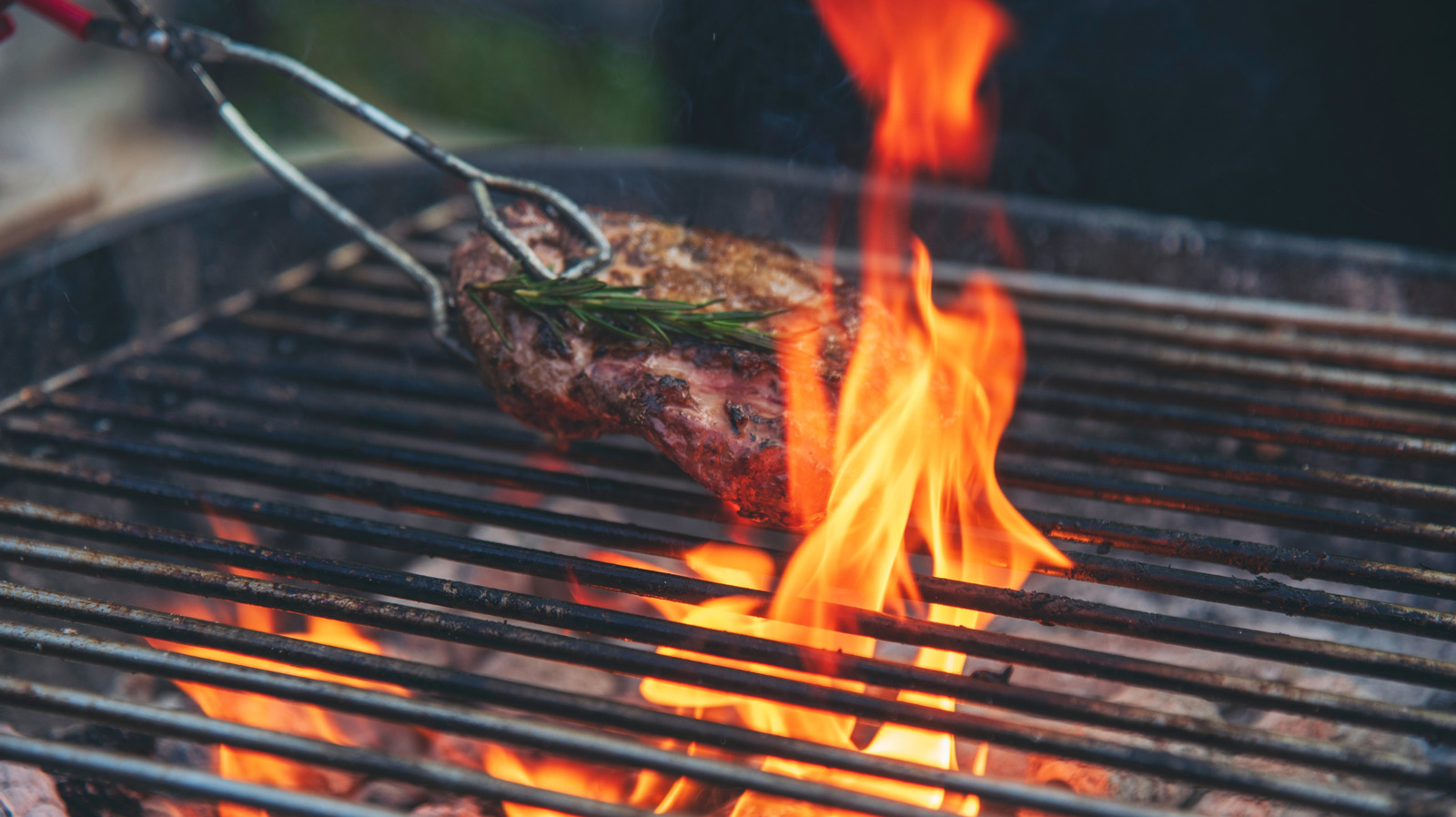
"We may receive a commission on purchases made from links. Everybody feels nervous the first time they handle a charcoal grill. Compared to gas grilling, there's so much more to learn and many common mistakes to watch out for. But beyond the obvious, like learning proper cooking techniques and timing, you also need to match the right type of charcoal to your grill. Pick wrong, and no matter how flawlessly you execute everything else, your food will almost always taste ashy."
"Briquettes are those uniform black squares you've seen countless times in the barbecue aisle, with Kingsford Original Charcoal Briquettes being the most recognizable brand. These pellets are made from compressed "wood byproducts" like sawdust and wood chips, held together with a binding agent. They're cheap and easy to use, plus they burn longer and more consistently than the other type - lump charcoal -"
"Lump charcoal is typically pricier, but it burns hotter with less ash, imparting no chemical flavor to your food, and depending on the wood type, can even add subtle smokiness."
Charcoal comes in two main varieties: briquettes and lump charcoal. Briquettes are made from compressed wood byproducts with a binding agent; they are inexpensive, easy to use, and burn longer and more consistently. Lump charcoal is carbonized natural hardwood that burns hotter, produces less ash, and imparts no chemical flavor, with certain wood types adding subtle smokiness. Different grill designs respond better to different fuels. Briquettes work well in kettle and barrel grills, while heavy ash from briquettes can clog Kamado-style ceramic grills and impair performance.
Read at Tasting Table
Unable to calculate read time
Collection
[
|
...
]